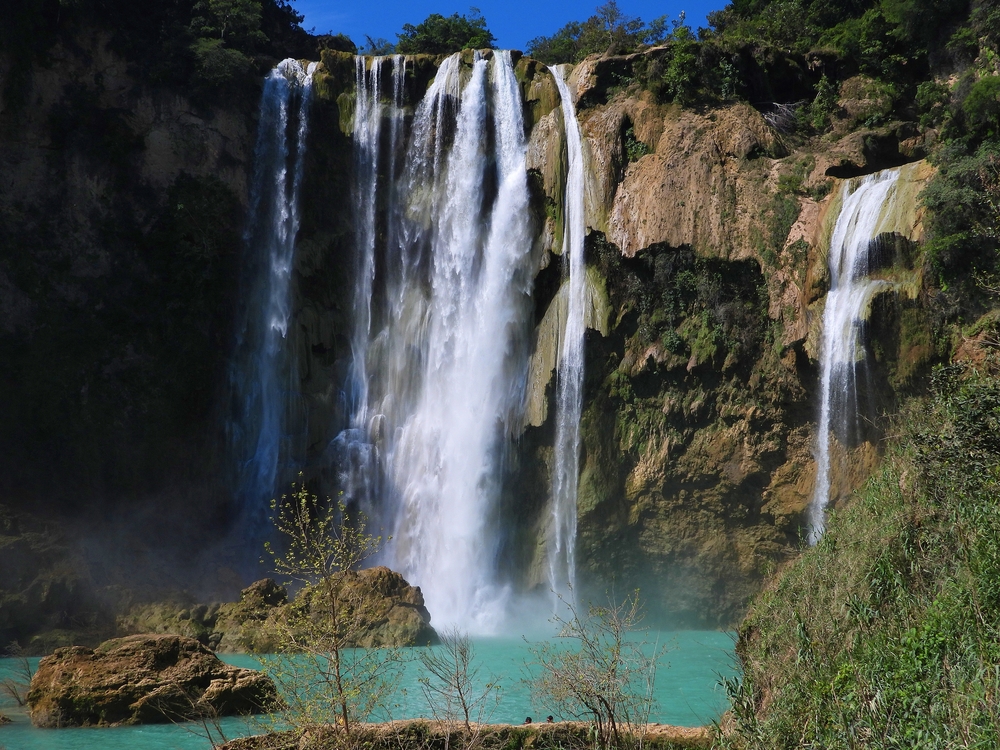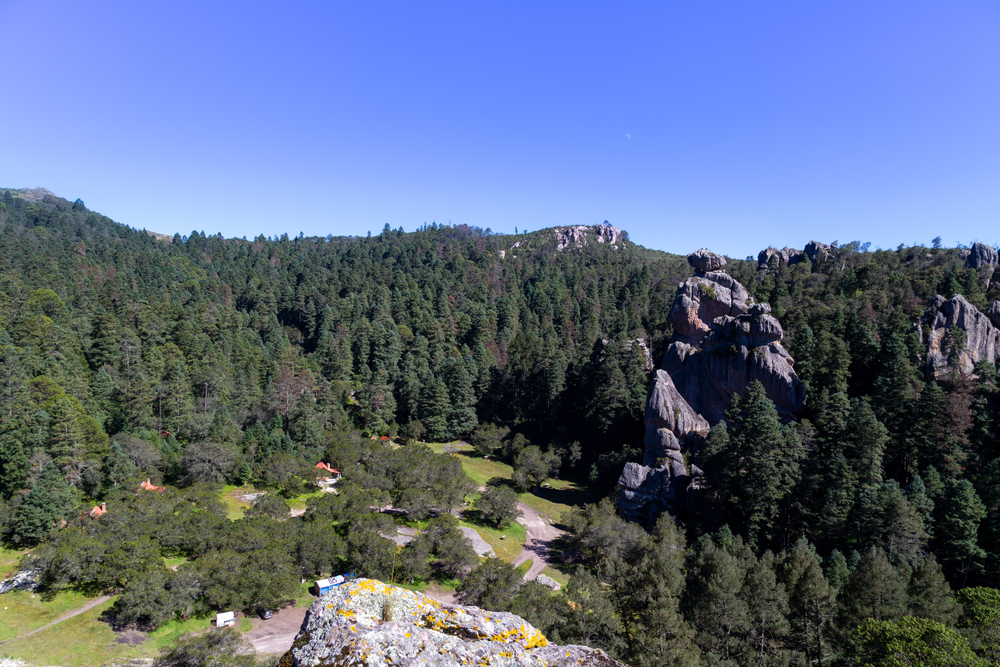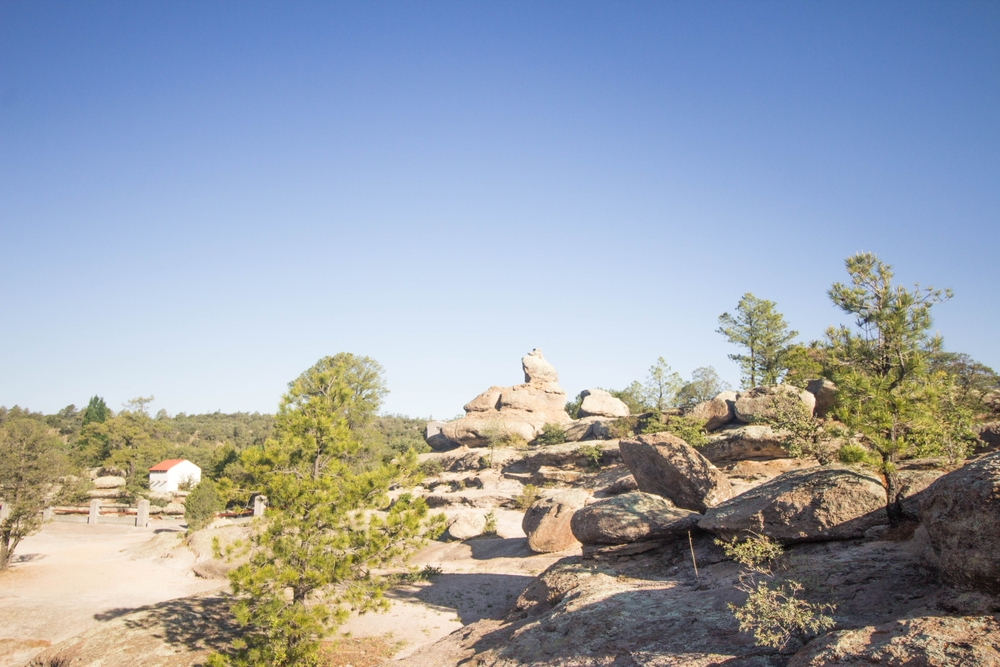El Tepeyac Overview
El Tepeyac National Park, known locally as Parque Nacional El Tepeyac, is a protected natural area located in the northern part of Mexico City, primarily within the Gustavo A. Madero borough, with a small portion extending into the municipality of Tlalnepantla de Baz in the State of Mexico.
Established on February 18, 1937, the park originally covered approximately 5.8 square miles (15 square kilometers). It serves as one of the few green spaces in the northern suburbs of Mexico City, offering a natural retreat amidst the urban landscape.
The park encompasses several notable elevations, including the Tepeyac Hill (Cerro del Tepeyac), Cerro de Guerrero, and Cerro de Santa Isabel, all part of the eastern Sierra de Guadalupe mountain range. These hills, composed mainly of volcanic soil, rise to elevations between 8,038 and 8,202 feet (2,450 and 2,500 meters) above sea level.
The terrain features igneous rocks, tuffs, and basaltic andesite formations. The soil, primarily eutric regosols, is fertile yet prone to erosion with low moisture retention. The climate is temperate semi-dry, with most rainfall occurring during the summer months. From the summit of Tepeyac Hill, visitors can enjoy panoramic views of the Valley of Mexico. Historically, the area was bordered by Lakes Texcoco and Zumpango, but today, no significant water bodies exist within the park.
The park’s flora is dominated by eucalyptus trees, a result of reforestation efforts in the early 20th century aimed at restoring vegetation and preventing soil erosion. Other tree species present include cedar, oak, and various pines such as radiata and patula. In smaller areas, grasslands and xerophilous scrub with species like zaluzanias and opuntias thrive, particularly in the more arid northern sections.
The fauna has diminished over time, with current wildlife primarily consisting of small rodents and species introduced by nearby residents, such as domestic dogs and cats. Historically, the area supported a more diverse range of wildlife, but urban encroachment and habitat loss have significantly impacted native species.
A prominent feature within the park is the Basilica of Our Lady of Guadalupe, located at the base of Tepeyac Hill. This site holds profound religious significance, as it is believed to be the location where the Virgin of Guadalupe appeared to the indigenous Juan Diego in 1531.
Today, the basilica is one of the most visited religious sites globally, attracting millions of pilgrims annually, especially on December 12th, the feast day of Our Lady of Guadalupe. The park also offers facilities such as kiosks, playgrounds, picnic areas with grills, and a small shelter, making it a popular destination for family outings and recreational activities.
Visitors to El Tepeyac National Park can engage in various activities, including hiking, walking, and cycling along its numerous trails. The park’s natural beauty and historical landmarks provide a serene environment for outdoor enthusiasts and those seeking spiritual reflection.
The main entrance is accessible via Insurgentes Avenue, passing through the town of Santa Isabel Tola. Despite its urban surroundings, the park offers a respite from city life, allowing visitors to connect with nature and explore significant cultural sites.
However, the park faces several conservation challenges. Urban sprawl has led to illegal settlements within its boundaries, resulting in deforestation and habitat degradation. Vandalism, waste accumulation, and forest fires further threaten the park’s ecological balance.
Efforts by local and federal authorities aim to address these issues through reforestation programs, waste management initiatives, and increased surveillance to protect and preserve this vital green space for future generations.














































































